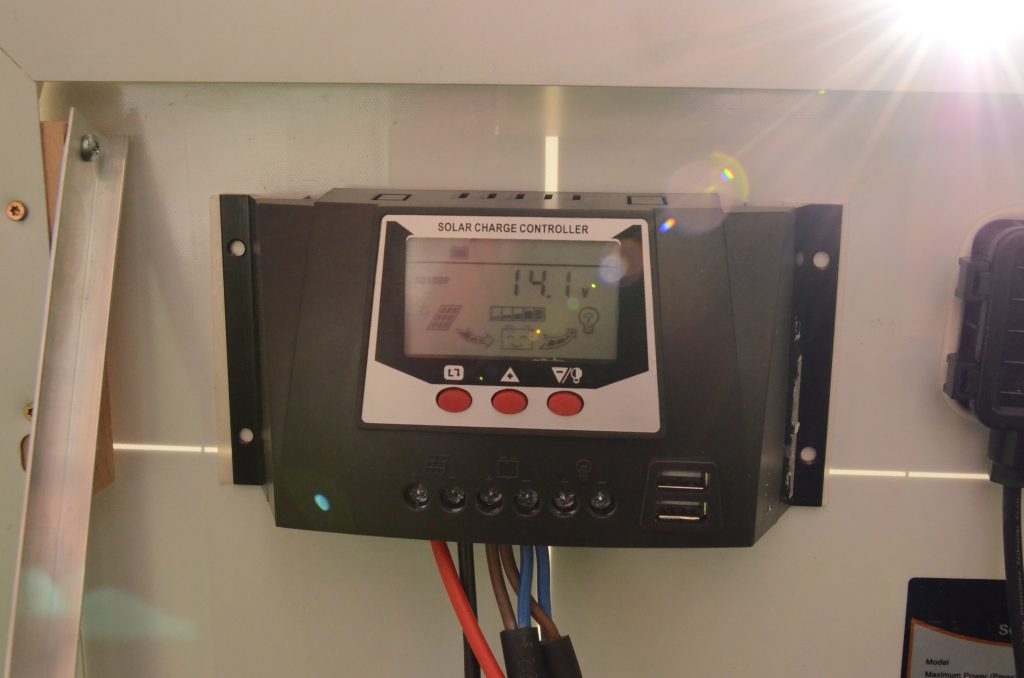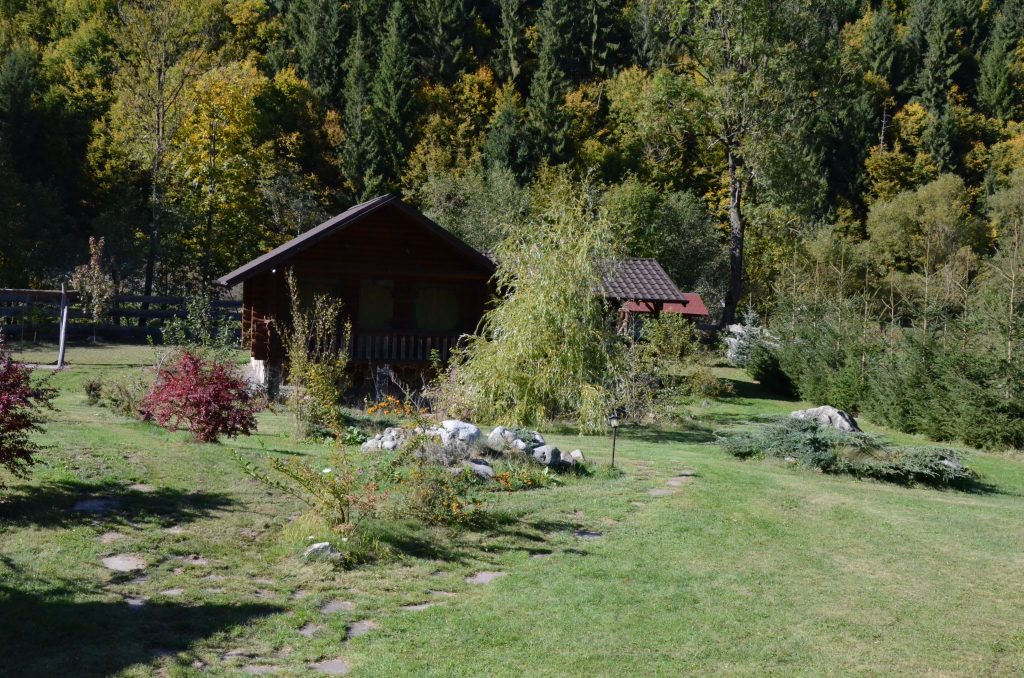Introduction
Solar energy has emerged as a pivotal component of the global shift towards renewable energy sources, so it stands to reason that solar load tests can be classed asessential. As the adoption of solar power systems grows, so does the need to ensure their efficiency, reliability, and longevity. One of the critical processes in achieving this is through solar load tests.

These tests play a vital role in assessing the performance and robustness of solar energy systems under various conditions. This article delves into the intricacies of solar load tests, exploring their importance, types, procedures, benefits, challenges, and future trends. The involvement of solar electric companies and solar companies in implementing these tests ensures that solar systems meet the highest standards of performance and reliability.
Understanding Solar Load Tests
Definition and Purpose
Solar load tests are procedures designed to evaluate the performance of solar energy systems by simulating various load conditions. These tests help in understanding how solar panels, inverters, and other components behave under different stress levels, ensuring that the system can handle real-world operational demands. The primary objective of these tests is to guarantee that solar power systems can deliver consistent and reliable energy output throughout their operational life.
Importance in Solar Energy Systems
The primary goal of solar load tests is to ensure that solar energy systems can operate efficiently and reliably over their intended lifespan. By conducting these tests, manufacturers and installers can identify potential issues, optimize system performance, and prevent unexpected failures. Solar load tests are essential for certifying that the solar power system meets the required standards and regulations, ensuring safety and durability. Furthermore, these tests provide valuable data that can be used to improve future designs and enhance the overall performance of renewable energy systems.

Types of Solar Load Tests
Static Load Tests
Static load tests involve applying a constant load to the solar system to evaluate its performance over an extended period. These tests help in identifying the system’s ability to handle continuous stress and its potential degradation over time. Static load tests are crucial for assessing the long-term durability and stability of solar panels and other components. By subjecting the system to a steady load, engineers can observe how it performs under sustained pressure and identify any weaknesses or areas that may require reinforcement.
Dynamic Load Tests
Dynamic load tests, on the other hand, involve varying the load conditions to simulate real-world scenarios where solar energy production and consumption fluctuate. These tests are crucial for understanding how the system responds to changes in load and ensuring that it can adapt to varying energy demands. Dynamic load tests mimic the day-to-day variations in energy usage and environmental conditions, providing a comprehensive assessment of the system’s resilience and adaptability. By evaluating the system’s performance under dynamic conditions, engineers can identify potential issues and make necessary adjustments to enhance reliability and efficiency.
Components and Equipment Used in Solar Load Tests
Solar Panels
Solar panels are the primary components under test in any solar load test. These panels convert sunlight into electrical energy and are evaluated for their efficiency and durability under different load conditions. Solar panels must withstand various environmental factors, such as temperature fluctuations, wind, and precipitation, while maintaining optimal performance. During load tests, panels are subjected to simulated conditions to ensure they can operate effectively under diverse circumstances.
Inverters
Inverters are critical in converting the DC electricity generated by solar panels into AC electricity for use in homes and businesses. Load tests assess the performance of inverters under various stress levels to ensure they can handle the energy conversion efficiently. Inverters play a vital role in the overall functionality of solar power systems, and their reliability is paramount. Load testing inverters helps identify potential points of failure and ensures they can maintain efficient operation even under fluctuating load conditions.
Load Simulators
Load simulators are used to mimic the electrical loads that the solar energy system will encounter in real-world applications. These devices help in creating controlled testing environments to evaluate system performance accurately. Load simulators can replicate various energy consumption patterns, allowing engineers to assess how the system handles different levels of demand. By using load simulators, testers can create realistic scenarios that provide valuable insights into the system’s behavior under actual operating conditions.

Procedure for Conducting Solar Load Tests
Preparation and Planning
Before conducting solar load tests, thorough preparation and planning are essential. This includes defining the test objectives, selecting appropriate test equipment, and setting up the testing environment. The planning phase involves determining the specific load conditions to be simulated, establishing the criteria for success, and ensuring that all necessary equipment is calibrated and ready for use. Proper planning helps ensure that the tests are conducted systematically and that the results are accurate and meaningful.
Execution and Monitoring
During the execution phase, the solar system is subjected to predefined load conditions. Continuous monitoring is crucial to gather data on system performance, including voltage, current, temperature, and overall efficiency. Monitoring involves using various sensors and data acquisition systems to track the performance of the solar panels, inverters, and other components. Real-time data collection allows engineers to identify any anomalies or unexpected behaviors, enabling them to make immediate adjustments if necessary.
Data Collection and Analysis
After the tests, the collected data is analyzed to identify any performance issues, potential points of failure, and areas for improvement. This analysis helps in optimizing the solar energy system for better performance and reliability. Data analysis involves comparing the test results with the expected performance metrics and identifying any deviations. Engineers use statistical methods and advanced software tools to process the data and generate detailed reports. These reports provide valuable insights that guide further development and refinement of the solar power system.
Benefits of Solar Load Tests
Ensuring System Reliability
One of the primary benefits of solar load tests is ensuring the reliability of solar energy systems. By identifying and addressing potential issues early, these tests help in preventing system failures and extending the lifespan of the components. Reliable solar power systems are essential for maintaining consistent energy production and minimizing downtime. Solar load tests provide the necessary assurance that the system can operate effectively under various conditions, reducing the risk of unexpected failures.
Enhancing Performance Efficiency
Solar load tests also play a crucial role in enhancing the overall performance efficiency of solar energy systems. By optimizing the system’s response to varying load conditions, these tests help in maximizing energy production and reducing losses. Efficiency improvements translate into higher energy yields and better return on investment for solar power system owners. Load tests identify areas where performance can be enhanced, leading to more efficient energy conversion and utilization. This is especially important for solar powered generators, which are becoming increasingly popular for both residential and commercial applications.
Preventing System Failures
Regular load testing helps in identifying potential points of failure in the solar energy system. By addressing these issues proactively, system failures can be prevented, ensuring uninterrupted energy production. Preventing failures is particularly important for large-scale solar installations where downtime can have significant financial and operational impacts. Solar load tests provide a proactive approach to maintenance, allowing engineers to detect and resolve issues before they escalate into major problems.
Challenges and Considerations
Environmental Factors
Environmental factors such as temperature, humidity, and sunlight intensity can significantly impact the results of solar load tests. These variables need to be carefully controlled and accounted for during testing. Environmental conditions can influence the performance of solar panels and other components, affecting the accuracy of test results. To ensure reliable data, tests should be conducted under standardized conditions or include appropriate adjustments to account for environmental variations. Additionally, renewable energy systems that incorporate wind turbines must also consider wind speed and direction during load testing.

Technological Limitations
The accuracy and reliability of solar load tests are often limited by the available testing technologies. Continuous advancements in testing equipment and techniques are essential to overcome these limitations. Technological limitations can affect the precision of measurements and the ability to replicate real-world conditions accurately. Investing in state-of-the-art testing equipment and methodologies is crucial for obtaining reliable and actionable test results. Solar companies continuously innovate to develop better testing procedures and equipment.
Cost and Resource Allocation
Conducting comprehensive solar load tests can be resource-intensive and costly. Balancing the cost of testing with the benefits of improved system performance is a key consideration for manufacturers and installers. While load tests require significant investment in terms of time, equipment, and personnel, the long-term benefits of enhanced reliability and efficiency often justify the expense. Effective resource allocation ensures that load tests are conducted efficiently and deliver valuable insights that contribute to the overall success of solar energy projects.

Case Studies of Solar Load Tests
Residential Solar Systems
In residential solar systems, load tests help in ensuring that the system can meet the energy needs of the household while maintaining efficiency and reliability. These tests are particularly important for systems installed in regions with varying weather conditions. For example, a residential solar system in a location with frequent cloud cover may require different load testing considerations compared to a system in a sunny climate. Case studies of residential solar load tests provide insights into how different factors, such as roof angle, shading, and energy consumption patterns, influence system performance. Additionally, the use of solar generators in residential settings is examined to ensure they can reliably supply backup power during outages.
Commercial Solar Installations
For commercial solar installations, load tests are critical in optimizing the system’s performance to meet the energy demands of businesses. These tests help in identifying potential issues that could impact the system’s ability to provide a consistent energy supply. Commercial solar systems often have higher energy demands and more complex configurations than residential systems. Load tests for commercial installations assess the system’s capacity to handle peak loads, manage energy storage, and integrate with existing electrical infrastructure. Case studies highlight the challenges and solutions for ensuring reliable energy production in commercial settings. Solar electric companies often use these tests to develop tailored solutions for commercial clients.
Utility-Scale Solar Farms
In utility-scale solar farms, load tests are essential for ensuring that the large-scale energy production can be sustained over long periods. These tests help in identifying and mitigating risks associated with large-scale solar energy generation. Utility-scale solar farms involve extensive arrays of solar panels and advanced grid integration technologies. Load tests for these installations evaluate the system’s ability to deliver high volumes of energy consistently, manage grid interactions, and respond to fluctuations in energy demand. Case studies of utility-scale solar load tests demonstrate the importance of robust testing protocols in achieving reliable and efficient energy production. The integration of wind turbines in some utility-scale renewable energy systems is also considered during these tests.
Future Trends in Solar Load Testing
Innovations in Testing Techniques
As technology advances, new testing techniques are being developed to improve the accuracy and efficiency of solar load tests. Innovations such as automated testing systems and advanced data analysis tools are transforming the way these tests are conducted. Automated testing systems can perform load tests with minimal human intervention, increasing efficiency and reducing the potential for errors. Advanced data analysis tools leverage machine learning and artificial intelligence to process large volumes of test data, providing deeper insights and identifying patterns that may not be apparent through traditional analysis methods.
Integration with Smart Grid Technologies
The integration of solar energy systems with smart grid technologies is a growing trend. Solar load tests are evolving to include assessments of how well these systems can interact with and support smart grid operations. Smart grids enable more efficient and flexible management of energy production and consumption, allowing for better integration of renewable energy sources. Load tests for smart grid-connected solar systems assess the system’s ability to communicate with grid operators, respond to demand signals, and contribute to grid stability. This integration enhances the overall efficiency and reliability of the energy network.
Impact of Emerging Solar Technologies
Emerging solar technologies, such as bifacial solar panels and perovskite solar cells, are changing the landscape of solar energy. Solar load tests are adapting to evaluate the performance and reliability of these new technologies under various conditions. Bifacial solar panels generate energy from both sides, increasing overall energy yield. Perovskite solar cells offer the potential for higher efficiency and lower production costs. Load tests for these emerging technologies focus on assessing their durability, efficiency, and compatibility with existing systems. Case studies and research on these technologies provide valuable insights into their potential and challenges. Solar powered generators and other innovative solutions are also being tested to enhance their reliability and integration into existing solar systems.
Video Resources on Solar Load Tests
Conclusion
Solar load tests are a vital component in the development, installation, and maintenance of solar energy systems. By simulating real-world load conditions, these tests help to ensure the efficiency, reliability, and longevity of solar systems. As the demand for solar energy continues to grow, advancements in solar load testing techniques will play a crucial role in meeting the evolving needs of the industry.
Through rigorous testing and analysis, solar load tests contribute to the overall goal of providing sustainable and reliable renewable energy solutions. Ensuring that solar power systems can withstand the demands of real-world operation is essential for achieving the full potential of solar energy and supporting the global transition to renewable energy sources. Click here to find out how you can SHRED your power bills!



